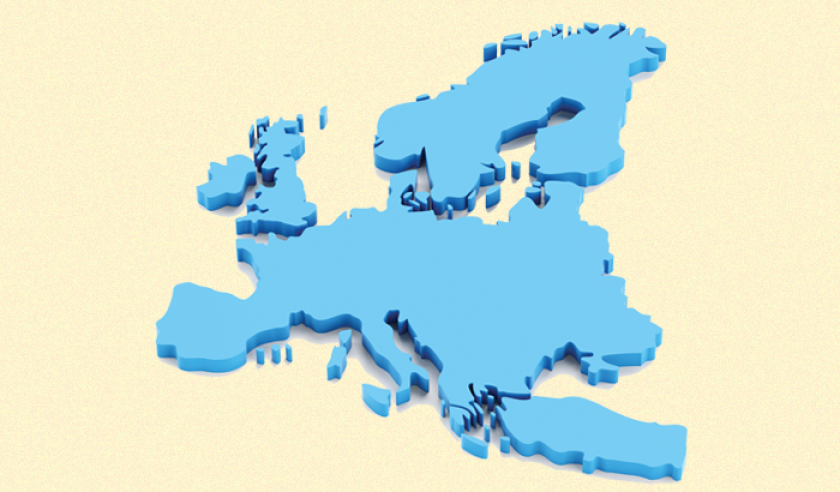Sources told this publication that all participants – including cedants and their brokers – are keen to avoid the fraught and delayed process last year, and all anticipate fewer pain-points in negotiations.
Reinsurers have stressed, however, that there is still work to be done to improve rate adequacy across the Continent, and even to lift retentions in some areas, with Italy attracting particular attention.
Negotiations are expected to focus on where the burden of frequency risk should sit in a continuation of last year’s trend. But early signs indicate little change to the conditions that prompted last year’s market correction, along with a willingness on all sides to proceed in a more orderly fashion.
Sources expect further rate increases this year, although at this early stage numbers are difficult to pin down. There is a consensus though that the best cedants can hope for is to renew their programmes risk-adjusted flat, while reinsurers will push for high-single-digit increases at least.
Loss activity looms large
The first half of 2023 has not been quiet for meaningful cat activity in Europe.
European insurers faced a number of mid-sized losses, including the earthquake that struck Turkey and Syria in February, flooding and hailstorms in Italy, and the worst flooding Slovenia has recorded in three decades.
The increasing frequency of mid-sized cat events prompted reinsurers to push up retentions at the last renewal, with one source postulating that, for North and Western Europe at least, a windstorm event would hit reinsurance programmes at an industry loss level of just under EUR2bn ($2.1bn). Now, that attachment level is closer to EUR5bn.
Not all cedants across the Continent faced the same pressure to pay up and restructure at renewal last year. Outsized losses this year, however, could change that in Eastern and Southern Europe.
Reinsurers are expecting EUR200mn+ in losses from Slovenian events this year, while it is likely that major Italian cedants will make some call on their reinsurance programmes following a run of dramatic weather events.
Slovenian insurance group Sava, for instance, bought in 2022 a cat excess-of-loss programme that attached at just EUR5mn for losses on its primary business. It is understood that retention levels did not move up this year for Slovenian cedants in line with peers in Germany and France, for example.
Similarly, sources have repeatedly highlighted Italy as having so far been largely insulated from the sea-change in pricing and terms seen elsewhere in Europe last year.
The flooding that struck the north Italian region of Emilia-Romagna in May, combined with mid-sized hail losses later in the year, could be about to change that, however.
Sources agreed that Italian cedants will face pressure from reinsurers on their 2024 programmes.
Finally, the Turkish earthquake has led to questions around the value of relatively low-rate regions of Europe as portfolio diversifiers, given the length of the payback period following a large loss.
Outside the cat market, the spectre of Covid-19-related BI claims, having been dormant in the past few renewals, has also risen again as an issue. Complicating the process of this being put to rest, some claims disputes between reinsurers and cedants are yet to be settled and new litigation has arisen in the UK.
Supply vs demand
In autumn 2022, the market was tossing around vast numbers of $10bn-$20bn or more as it guessed at the amount of additional reinsurance capacity cedants would need to expand their programmes to keep pace with inflation.
In the end, despite attempts by some to secure sizeable new top layers, a number of cedants were unable to expand their programmes at efficient pricing and chose instead to lift retentions and shift their towers higher.
There is no tsunami of new capital coming in
At the same point this year, cedants are clearly telegraphing a desire for more limit overall – but the question of whether reinsurers have the appetite to supply it remains, with their interest in growth perceived to be skewed to the higher-rated US market.
Brokers contend that reinsurers are now keen to grow into the positive market environment and will deliver additional capacity at the top of towers, for the right price.
They add that the largest insurers, and particularly those that have demonstrated a relatively consistent performance, are more likely to secure this capacity.
On the flipside, however, reinsurance underwriting sources have said they do not anticipate a huge upswell in top-layer demand, nor a vast increase in reinsurer capacity to change the fundamental supply-demand equation.
“There is no tsunami of new capital coming in,” as one source put it.
Early reads on the retro market indicate very little change from last year in capacity levels and pricing, further restricting reinsurers’ appetite to write significant amounts of additional business.
A major point of negotiation will be around aggregate capacity – which was rarely available this year. Brokers are looking to drum up interest from reinsurers in aggregates to provide insurers with multi-event cover, but at Monte Carlo, some reinsurers were highly wary of this idea, and it is clear that frequency covers will not be available at prior levels.
Structures, terms and pricing
Last year’s renewal has been described variously as a “war on all fronts” (the Everything Everywhere All At Once renewal if you will), as reinsurers and cedants battled over not only pricing, but also terms and conditions and structures.
This year, however, participants expect a less fraught process, given that the industry’s ‘Overton Window’ of agreement on what constitutes a sustainable reinsurance structure has shifted significantly.
With attachment points and pricing up meaningfully, and wordings tightened to exclude or limit a variety of risks including strikes, riots and civil commotion and political violence (PV), today’s average European treaty looks very different to that of 12-24 months ago, although Europe escaped the extreme changes that some US cedants experienced.
One source said cedants who reluctantly accepted PV or terror exclusions may push to add this type of cover back into their programme – but added that the recent attack on Israel will only strengthen reinsurers’ discipline around these perils.
Similarly, while cedants may want lower retentions, sources on both sides of the negotiating table saw any movement here as highly unlikely, given reinsurers’ successful avoidance of much of this year’s cat burden to date.


